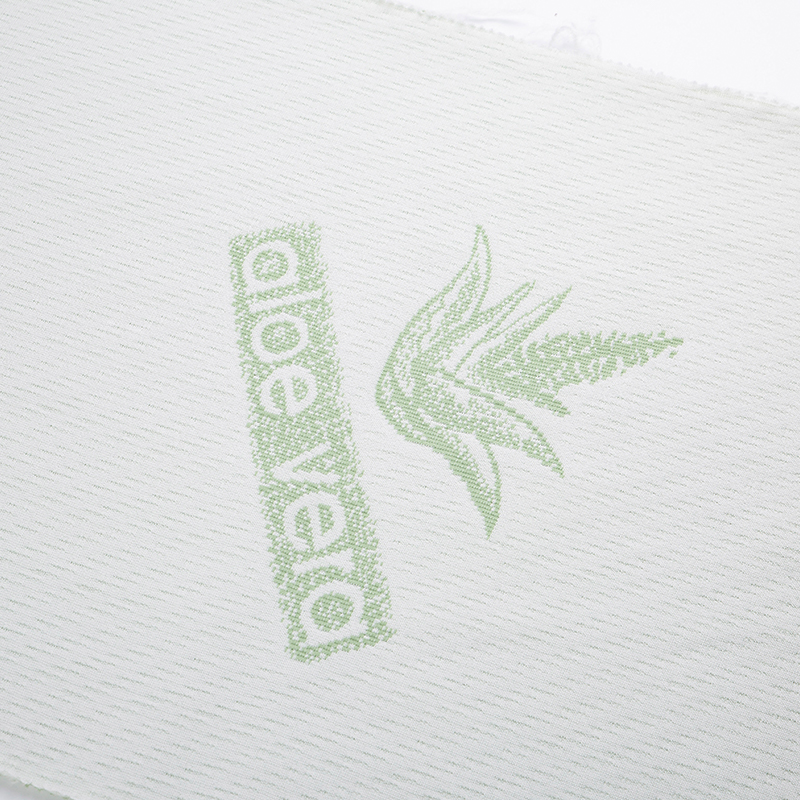Premium quality since 2002!
When we think about mattresses, our minds often drift to the internal components – the coils, foam layers, and innovative support systems. However, the external layer, the mattress fabric (also known as the ticking fabric, cover material, or outer shell), plays a far more crucial role than many realize. This often-overlooked element significantly impacts a mattress's durability, comfort, breathability, and even its aesthetic appeal.
Key Characteristics of High-Quality Mattress Fabric
The selection of cover material for a mattress is a meticulous process, balancing various performance attributes:
-
Durability: The fabric must withstand years of use, resisting pilling, tearing, and general wear and tear. A robust ticking fabric ensures the longevity of the entire mattress.
-
Breathability: Crucial for temperature regulation, breathable mattress coverings allow air to circulate, dissipating heat and moisture. This prevents the mattress from feeling hot and clammy, contributing to a more comfortable sleep environment.
-
Softness and Comfort: While the internal layers provide the primary comfort, the outer shell offers the initial tactile experience. Softer, smoother fabrics enhance the overall feel of the mattress.
-
Hypoallergenic Properties: Many modern mattress fabrics are treated or inherently designed to resist allergens, dust mites, and bacteria, promoting a healthier sleep surface.
-
Moisture Wicking: Some advanced cover materials are engineered to draw moisture away from the body, further enhancing temperature regulation and comfort.
-
Aesthetics: Beyond performance, the mattress fabric contributes to the visual appeal of the bed, with various patterns, textures, and finishes available to complement bedroom decor.

Common Types of Mattress Fabric
The world of mattress fabric is diverse, with manufacturers utilizing a range of materials, often in blends, to achieve specific characteristics:
-
Knitted Fabrics: These are incredibly popular due to their elasticity and soft feel. Often made from polyester or polyester blends, knitted ticking fabrics conform well to the contours of the mattress, making them ideal for foam and hybrid designs. They also tend to be breathable and resistant to wrinkling.
-
Woven Fabrics: Traditionally, woven fabrics like damask (a durable, reversible fabric often made from silk, linen, cotton, wool, or synthetic fibers) were common. While less stretchy than knits, woven cover materials offer exceptional durability and a classic aesthetic. They are often found on innerspring mattresses.
-
Jacquard Fabrics: A type of woven fabric, Jacquards are known for their intricate patterns woven directly into the material rather than printed. They offer a luxurious look and feel, adding a touch of elegance to the mattress covering.
-
Organic Cotton: For those seeking natural and eco-friendly options, organic cotton is an excellent choice. This mattress fabric is soft, breathable, and free from harmful chemicals, making it ideal for individuals with sensitivities or environmental concerns.
-
Tencel™ (Lyocell): Derived from wood pulp, Tencel™ is a sustainable and incredibly soft cover material known for its excellent moisture-wicking properties and breathability. It's often used in premium mattresses for its luxurious feel and cooling capabilities.
-
Bamboo Fabric: Similar to Tencel™, bamboo-derived mattress fabric is highly breathable, moisture-wicking, and naturally hypoallergenic. It offers a silky-soft touch and is another environmentally conscious option.
-
Polyester Blends: Polyester is a versatile synthetic fiber often blended with other materials to enhance durability, stain resistance, and affordability. It's a common component in many modern ticking fabrics.
-
Fire Retardant Barriers: Beneath the decorative outer shell, many mattresses incorporate fire-retardant barriers, often made from rayon or modacrylic fibers. These layers are crucial for meeting stringent safety regulations.
The Evolution of Mattress Fabric Technology
The innovation in mattress fabric continues to evolve. Manufacturers are increasingly incorporating advanced technologies to enhance sleep quality:
-
Phase-Change Materials (PCMs): These materials are integrated into the cover material to absorb and release heat, actively regulating temperature throughout the night.
-
Cooling Infusions: Fabrics may be infused with gel, copper, or other cooling agents to dissipate heat more effectively.
-
Antimicrobial and Allergen-Resistant Treatments: Special finishes are applied to the ticking fabric to inhibit the growth of bacteria, mold, and dust mites, creating a cleaner sleep environment.
In conclusion, while the core of a mattress provides its foundational support, the mattress fabric (or ticking fabric, cover material, outer shell, mattress covering) is far more than just a decorative element. It's a critical component that directly influences comfort, hygiene, durability, and temperature regulation, making it an integral part of the overall sleep experience. When choosing a mattress, paying attention to the quality and type of its external fabric is just as important as scrutinizing its internal construction.

 English
English 简体中文
简体中文









